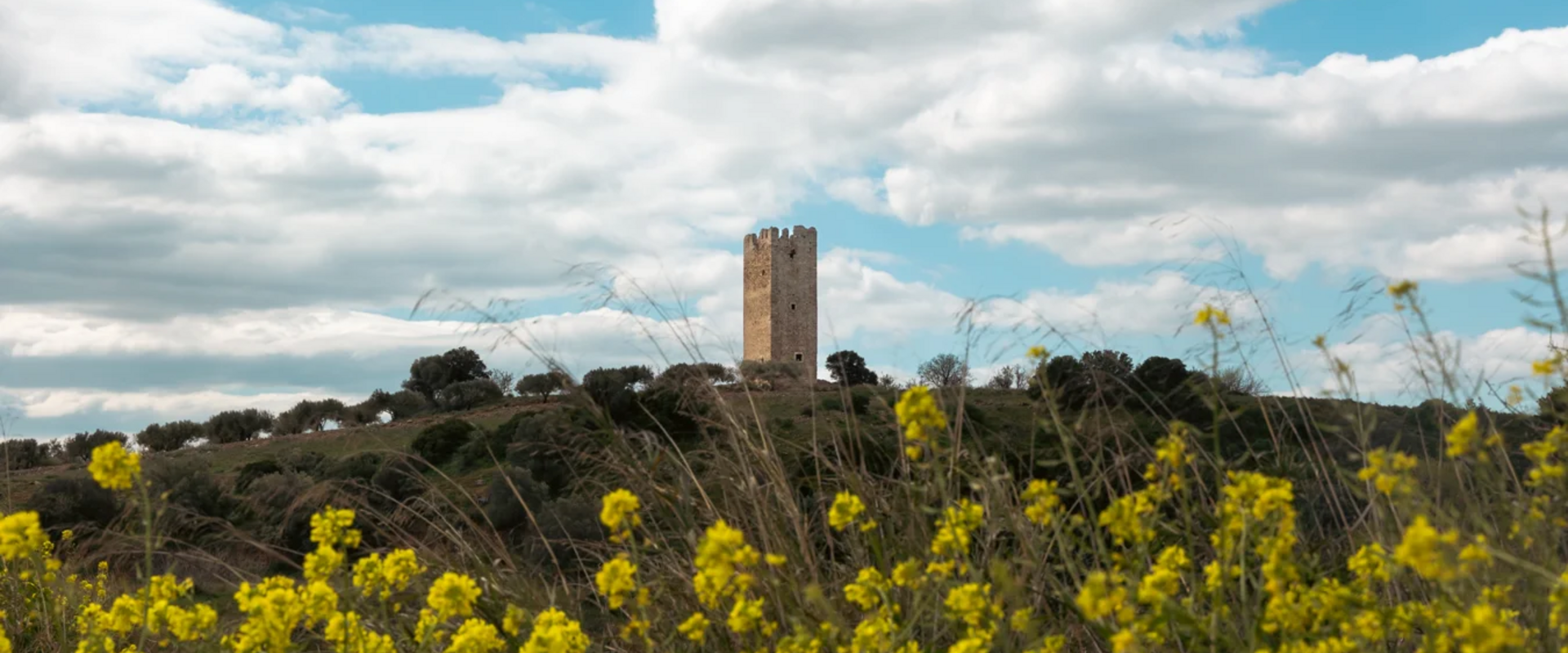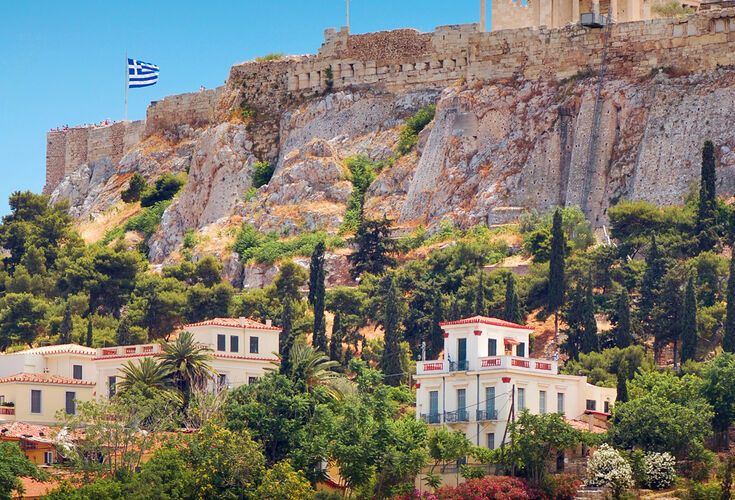Crete, where I come from, taught me these things. And I still carry them – in myself and in Vouryia, an agrotourism agency born from a deep need to reconnect. Based in Athens, Vouryia promotes Mesogaia, the region stretching east of Athens International Airport, offering bespoke cultural and culinary experiences rooted in authenticity and place.
So let me take you on a journey through the plain of Mesogaia, where the earth still smells of summer and patience. Where Greece isn’t something to see, but something to feel.
Tastes and aromas bursting with authenticity
Mesogaia isn’t just Athens’ backyard. It is filled with vineyards, olive groves, fig trees and pistachios. A morning walk among the fig trees, still damp with the night’s dew, is an experience that awakens the senses. They offer the perfect shade for a picnic – nothing staged, nothing unnecessary. Just a simple, genuine connection to the land.
Almost alongside the fig harvest comes the grape harvest. Hands stained with must, tanks filling up – and always a portion kept aside to make moustalevria, a traditional Greek dessert made from grape must, sprinkled with cinnamon and crushed walnuts. Memories come to me of my grandmother and a courtyard filled with the aromas of moustokouloura (grape must biscuits), sometime around September.
Then there are the family-run wineries, continuing with passion, open for tastings. Their king is Savvatiano, the local grape variety that impresses with its freshness and character. When infused with resin, it produces the famous Retsina of Mesogaia. More refined and delicate than the retsina that you might have in mind, but just as authentic. Here, retsina isn’t just nostalgia – it’s part of Mesogaia’s identity.
Villages filled with traditions and sacred stillness
Among the many villages of Mesogaia, Kouvaras emerges from a dense forest, where the scent of pine and resin hangs in the air – almost magically. Here, nature and tradition coexist and countless Byzantine chapels stand discreetly among the trees and fields – places of strength and serenity. The landscape invites you to slow down, to listen, to feel.
A little further on is Vravrona, where the Temple of Artemis still holds a sacred stillness, almost outside of time. The wetland surrounding it is home to birds, scents and the whispers of the wind. And around it lie small vegetable gardens, full of seasonal produce. This is where you’ll find the Vravrona Batala tomato – unusual in appearance to the untrained eye, but divine in taste. Picture it with a slice of barrel-aged feta from a local cheese factory and you’ll remember me.
The customs and traditions of Mesogaia
The Kourbania are among the region’s most important traditions. The feast of Saint Peter in Spata, and of the Archangels Michael and Gabriel in Kalyvia, and many others – each village has its own vow, its own celebration. Faith, community and generosity come together here. Locals cook together, set tables for everyone, and honour their roots through the act of sharing. It’s a custom that’s lasted for centuries, carrying deep values. November 8 – mark the date – and take part, even as an observer.
Scattered across Mesogaia, small museums keep the region’s soul alive. The Folklore Museum of Anavyssos stands out not just for its exhibits, but for the stories they carry. Everyday objects serve as memories of displaced Greeks from Asia Minor and Cappadocia from the population exchange of 1923 – roots that have endured through time. At the heart of the museum sits a large loom – a gift from Mrs Elisso – that once wove carpets and dowries.
In the heart of Mesogaia, there’s a tradition like no other: kendito psomi – embroidered bread. It isn’t made to be eaten. Rather it is a ritual, symbolic, sacred. Created with skill and patience, its patterns carry wishes – for fertility, protection, peace. Yet another memory kept alive through the hands of the women of the region.
A never-ending reason to return
All of this – the vineyards, the olive trees, the customs, the fig trees and the stories – is just a few kilometres from Athens. A breath from the airport, from the place where journeys begin or end. But here, nothing ends. Because this land holds on to you – and calls you to return. With a taste of Greece on your lips. And – for me at least – a feeling of completeness.

